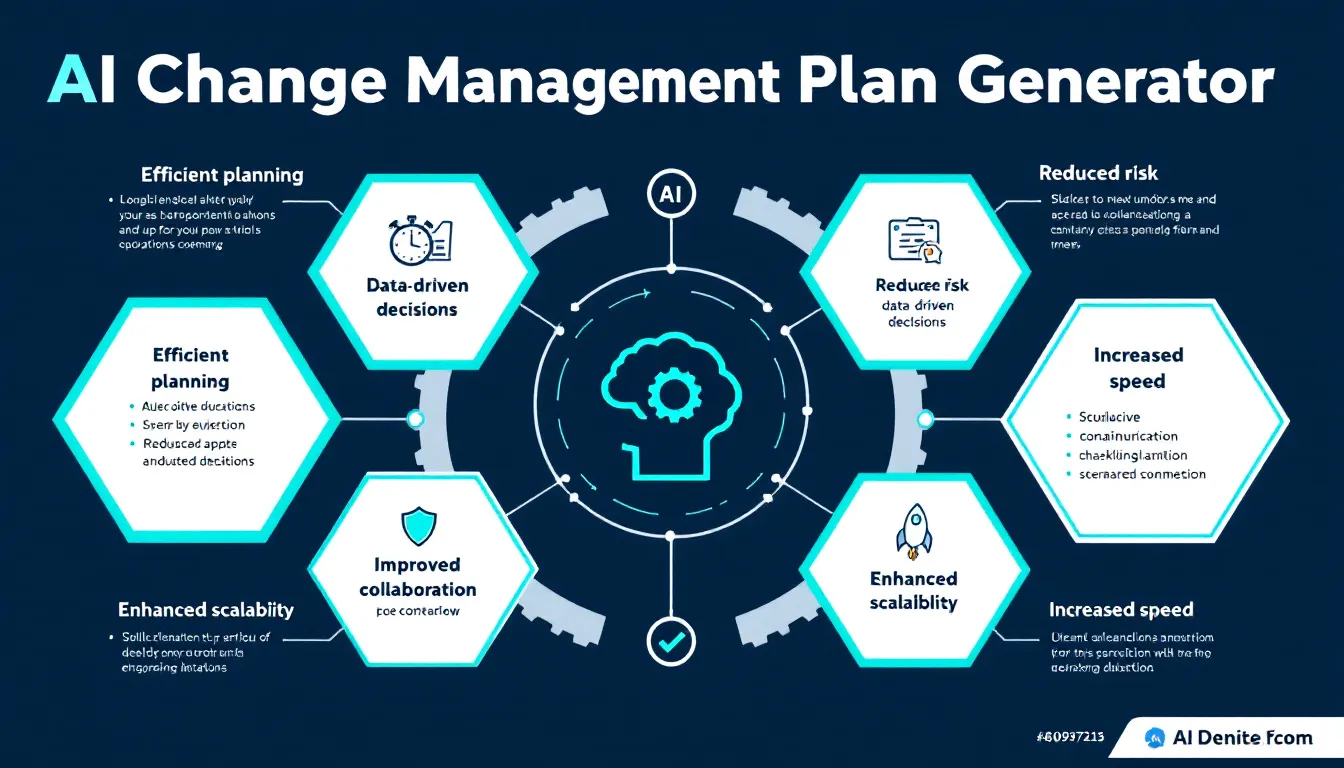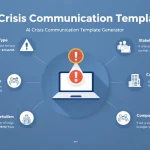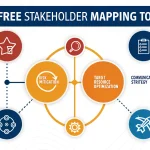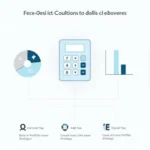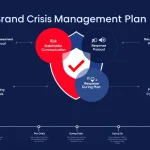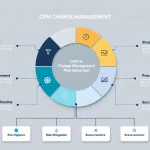AI Change Management Plan Generator
Is this tool helpful?
How to Use the AI Change Management Plan Generator Effectively
Step-by-Step Guide to Generate Your Change Management Plan
Follow these steps to create a detailed and customized change management plan using the AI Change Management Plan Generator:
- Organization Name: Enter the full name of your organization. For example, “Innovatech Solutions” or “Riverbend Education Group”.
- Change Initiative Title: Provide a clear, concise title for your change project. Examples include “Cloud Migration Strategy” or “Employee Engagement Enhancement”.
- Change Description: Describe the change in detail. Explain what it involves and why it matters. For instance: “Deploying a new cloud-based platform to improve data security and accessibility across departments” or “Introducing flexible work policies to increase employee satisfaction and productivity.”
- Objectives and Goals: Specify measurable outcomes to track success. Examples: “Reduce onboarding time by 25%, increase internal communication scores by 15%, and cut IT support tickets by 20%” or “Achieve 10% growth in remote work adoption and 5% improvement in employee retention rates within the first year.”
- Preferred Change Management Model (Optional): If you follow a specific methodology, enter it here. Common models are the Prosci ADKAR Model, Bridges Transition Model, or Lewin’s Change Model.
- Key Stakeholders (Optional): List the main individuals or groups impacted by the change, such as “Human Resources team, Department managers, Project sponsors, Customer success representatives.”
- Timeline (Optional): Provide a rough duration or dates for your change process, like “8 months, February 2024 to October 2024” or “Q1-Q3 2025”.
- Generate Plan: Click the button to create your tailored change management plan instantly.
Interpreting and Using the Generated Change Management Plan
The AI tool produces a comprehensive plan that includes:
- An executive summary highlighting the change initiative
- A detailed description of the change scope and operation
- A breakdown of objectives and timelines
- Analysis of key stakeholders and their roles
- Assessment of potential impacts and risks
- A communication strategy tailored for effective messaging
- Recommendations for training and support activities
- Suggestions for resource allocation and management
- A step-by-step implementation timeline with milestones
- Strategies for mitigating risks and handling challenges
- Metrics and KPIs to evaluate success and progress
Use the plan as a starting point, adapting it to fit your organization’s culture and specific needs.
What Is the AI Change Management Plan Generator?
Definition and Core Purpose
The AI Change Management Plan Generator is a web-based tool that helps you create detailed, organized change management plans quickly by using advanced AI technology. It streamlines the complex process of planning organizational change by automating the creation of essential plan components based on your inputs.
Main Benefits of the Change Management Plan Generator
- Save Time: Generate a full plan in minutes, cutting down the days or weeks typically spent on crafting one.
- Data-Driven Recommendations: The AI bases suggestions on best practices and patterns from many prior change initiatives.
- Custom Fit: Plans adjust to your organization’s size, industry, and preferred change methods.
- Ensure Completeness: The tool covers every important part of change management to avoid missing critical elements.
- Flexibility: Suitable for any change scale—from small team updates to large organizational overhauls.
- Risk Identification: Flags potential issues early and suggests ways to reduce impact.
- Engage Stakeholders Better: Offers targeted engagement approaches to improve stakeholder cooperation.
- Continuous Learning: Improves recommendations over time with each use.
Practical Uses of the AI Change Management Plan Generator
Supporting Various Organizational Change Initiatives
You can apply this tool to a wide range of change projects across industries, such as:
1. IT System Upgrades in Education
A university rolling out a new learning management system can generate a tailored plan covering:
- Training sessions for professors and staff
- Data migration and privacy considerations
- Phased implementation within departments
- Student communication plans
- Feedback loops during the rollout
2. Product Launch in Retail
A retail company introducing a new product line can use the generator to organize:
- Staff training on product features and sales strategies
- Marketing communication targeted at various customer segments
- Supply chain adjustments to support new stock
- Customer service preparation for inquiries and support
3. Process Improvement in Manufacturing
A factory implementing lean manufacturing processes can produce a plan that addresses:
- Employee training on new workflows
- Stakeholder communication across departments
- Timeline for progressive changes and evaluations
- Measurement of efficiency and quality improvements
Tips to Maximize Your Change Management Plan’s Impact
Integrate the AI-Generated Plan with Your Context
- Review and Adapt: Tailor the generated plan to your organization’s unique culture and operational style.
- Align Strategically: Make sure the change plan supports your company’s long-term goals and mission.
- Involve Stakeholders: Get feedback from key stakeholders and incorporate their input to improve buy-in.
- Embed in Project Management: Connect the change plan with your overall project management systems and schedules.
- Establish Feedback Channels: Set up ways to monitor progress and update the plan as needed throughout the change process.
Use Data to Drive Continuous Improvement
Track your plan’s success through defined metrics and KPIs. Use these insights to make adjustments and refine your change approach, ensuring better outcomes over time.
Important Disclaimer
The calculations, results, and content provided by our tools are not guaranteed to be accurate, complete, or reliable. Users are responsible for verifying and interpreting the results. Our content and tools may contain errors, biases, or inconsistencies. Do not enter personal data, sensitive information, or personally identifiable information in our web forms or tools. Such data entry violates our terms of service and may result in unauthorized disclosure to third parties. We reserve the right to save inputs and outputs from our tools for the purposes of error debugging, bias identification, and performance improvement. External companies providing AI models used in our tools may also save and process data in accordance with their own policies. By using our tools, you consent to this data collection and processing. We reserve the right to limit the usage of our tools based on current usability factors.
